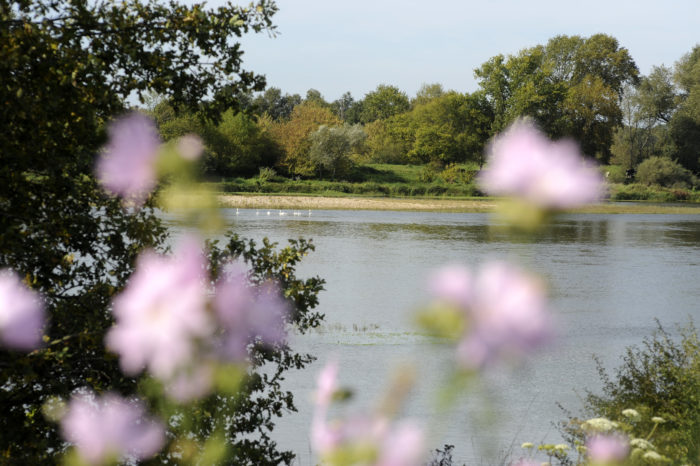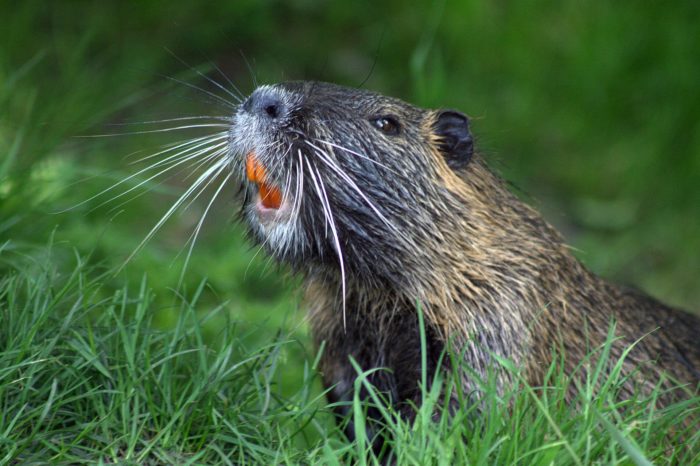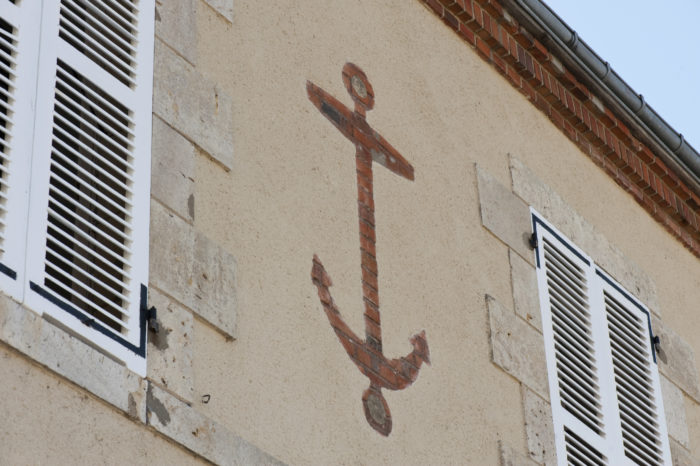The Royal River Loire, runs trough the Sully Valley
Between its source in Mont-Gerbier-de-Joncs (Ardèche) and its Atlantic Ocean estuary in Saint-Nazaire, the Loire links the opposing banks of the Sully Valley. Covering a distance of 1,012km, it is France’s longest river! And it is in Sully-sur-Loire that the Loire Valley – a listed UNESCO World Heritage site, thanks to its lively cultural landscapes – begins and stretches out towards the town of Chalonnes-sur-Loire (Maine et Loire department).
A wild and ever-changing landscape
Officially Europe’s last remaining wild river, the landscapes of the Loire are renowned for their stunning authenticity. This is particularly true in the Sully Valley, where a bridge, a bank or even a canoe offer their own unique viewpoint of these constantly evolving landscapes over the four seasons. From the summer drought to the winter ice, via the torrential autumn rain, the river is constantly transformed and renewed under our fascinated gaze. We are stunned by its play on light, by the reflection of the skies on its surface, from blue to surprisingly deep pink. Its horizon is often broken by the trees, or by some distant church spire. Yet, whatever attire it decides to don, it remains a wild place, boasting unique fauna and flora.

See how it grow !
From Saint-Florent-le-Jeune to Germigny-des-Prés, the banks of the Loire abound with verdant grasslands, dry sandy meadows and forests of poplars and willows. As you stroll your way by the water’s side, you will also spot a few exotic plants, imported here from faraway lands. Among them, the Japanese knotweed, which you can admire on certain islets, or Canadian horseweed, which grows at the foot of certain trees. All of these plants contribute towards the perfect symbiosis that reigns around the Loire among all the living beings for which it is a prime habitat.
See how they swarm !
Remarkable natural areas, such as the Guilly meander, offer peace and tranquillity to a number of species of birds, mammals and fish, but also insects – essential to life around the river. And, as our local fishing enthusiasts know too well, the Loire simply abounds with many a species appreciated by lovers of good food: alosa (river herring), silurus (catfish) and salmon! Naturalists will also tell you about our birds, about how the kingfisher dives into the water to catch small fish, about the little egret’s patience as it watches over the yolk fry, or how the little tern – a protected species – nests in the sandbanks. And of course, the Sully Valley’s unquestionable star – the osprey – can be seen on the Loire and in Orléans Forest. And many land mammals have been spotted by keen observers and locals alike: beavers, roe deer, foxes and even otters !

A story about boats
The River Loire also boasts an eventful history of mariners and inland navigation, to which preserved vestiges in all of the Sully Valley’s waterfront villages still bear fine witness. Some are home to entire quarters, referred to as the ‘mariners quarters’, such as the hamlet of Bouteille in Guilly, or others in the centre of the Sully-sur-Loire. And talking of Sully, the Loire mariners had their very own church there – the church of St. Germain. Other remnants of those bygone days are less obvious, such as the mariners’ crosses along the river bank. Some have been erected in homage to those who lost their lives, such as the Tibi cross in Guilly. Others tell their own story, such as the cross in Saint-père-sur-Loire, at the foot of the Sully bridge. Built for St. Nicolas in 1835, it is said that if you wish to wed within the year, simply come here and hug the cross three times !
Today, very few old ports can be found, and even fewer still in operation. The port of Saint-Benoît, in the Sully Valley, is one of the area’s most beautiful spots for walking. However, it is below that, every year, the site and its traditions are celebrated during the Fête du Port. For an increasing number of keen and highly active associations strive to revive the mariners’ songs, Loire’s specific gastronomy and the pleasure of sailing aboard one of its traditional boats. One fine example is the Brasse-Bouillons association in Saint-Père, which recently undertook to build a traditional ‘futreau’ boat.
And if you look carefully, you’ll also see markers and lines, that indicate the exceptionally high water levels recorded in 1846, 1856 and 1866 in several villages such as Saint-Benoît and Sully-sur-Loire.

Make the most
During the high season, the royal river draws thousands of holidaymakers, who come to indulge in recreational and sporting activities, and to attend cultural events. Touring holidays have become increasingly popular: in particular by bike, on foot or aboard a canoe! Still not thrilling enough? Why not tour the area on horseback? And of course, the Loire by bike cycle routes are among the most leisurely ways to appreciate the river. From heritage stopovers to awe-inspiring natural panoramas, visitors flock from the world over, for their own share. The River Loire also offers an exceptional setting for highly popular events such as Sully Plage. For five weeks, throughout the summer, Sully Valley’s inhabitants and its visitors alike enjoy fresh drinks, snacks, play areas and concerts, in a lively and convivial atmosphere !
‘The Loire is a place you can experience and see in so many different ways. It surprises, fascinates, soothes. Some admire it through a wide-angles lens, whilst others prefer to paint it. They see in it a wild nature, or a whole stock of opportunities for fun and amusement. Each and every one experiences and sees the Loire, in his very own way.’
– Gilles, an inhabitant from Saint Père sur Loire
Useful information
- Bathing is prohibited
- Navigation is exclusively permitted abord lightweight vessels
- Fishing permit/card required
Keen to get on the moove ?
A vast range of leisure activities await you around the river! > Find out more
